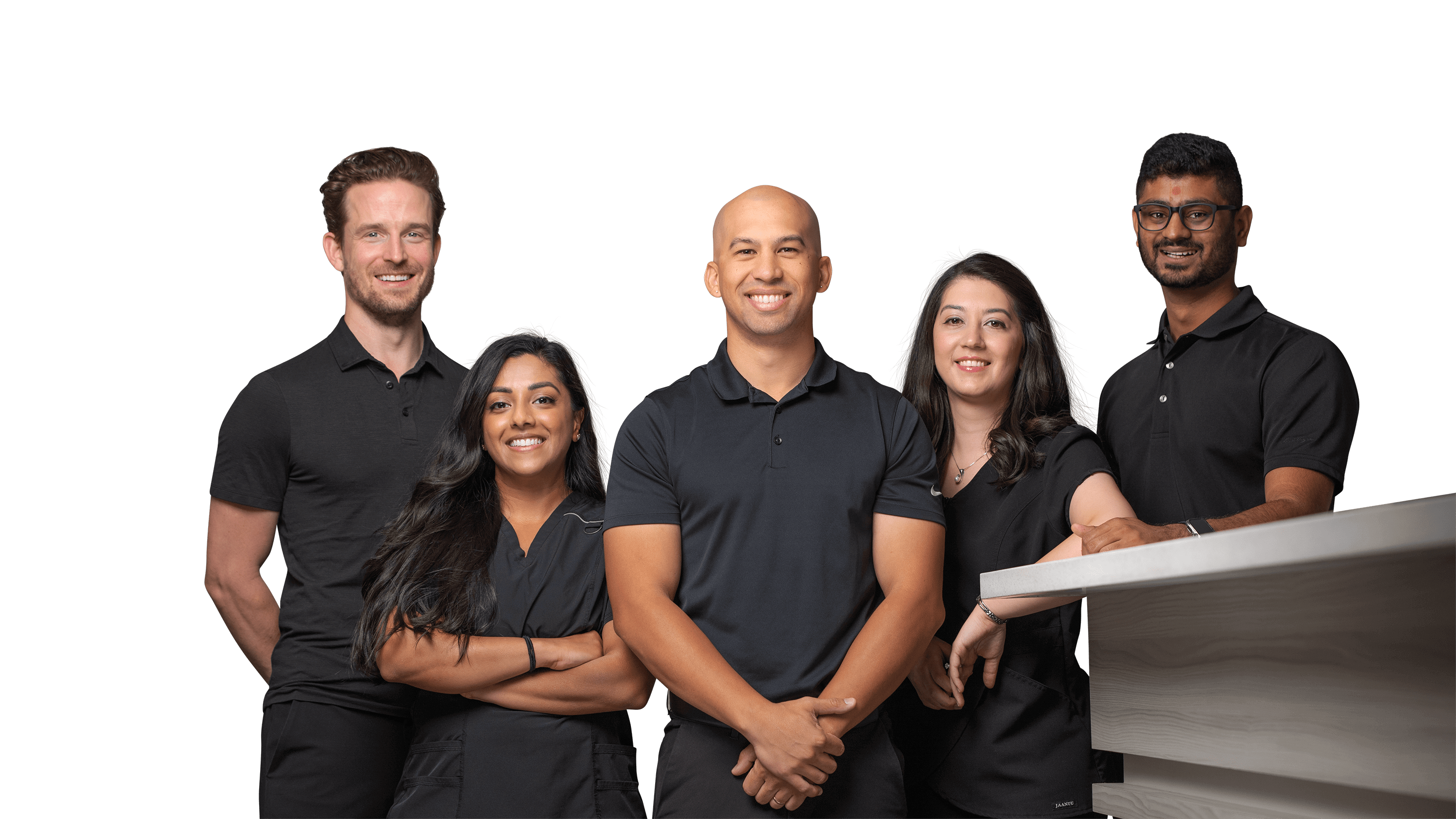Pediatric Flat Feet

Medical terminology: pes planus or pes planovalgus
Are you worried your child’s foot is flat? Have you noticed that your child has little to no space between their arch and the floor? It is important to first understand when it is normal for a child to have flat feet and when it could become problematic in adulthood.
Are my child’s flat feet normal?
Flat feet or fallen arches are a condition when the foot does not have a normal arch when standing. When all body weight is placed on the feet, there is little to no space between the arch and the ground.
For children, flat feet are normal up until the age of 2 to 3 years old. It is common for these children to have flat feet due to the developmental stage of their feet.
- Extra fat padding – young toddlers have increased fat padding in the arch area.
- Bone development – only a few bones are present in the foot at birth and their bones are very soft.
- Developmental bone unwinding – the shin bone (tibia) and thigh bone (femur) haven’t rotated yet.
Will my child grow out of their flat feet?
There are two main factors that determine the final outcome of how feet will be later in life:
- Bone growth/development.
- Soft tissue structures (muscles, tendons, and ligaments).
These two factors together will determine the structure and function of the foot. The size and shape of bone or soft tissue in a newborn will be determined by the amount and direction of pressure applied to it. If the foot experiences abnormal pressure as growth occurs, such as tight shoes or walking on hard surfaces, the structures will change and grow abnormally. If these structures are allowed to grow normally, it will do so.
Family history of flat feet can also play an important role in how feet develop. Even though there is a strong family history of flat feet, this should not mean that the young child’s condition should be neglected or left untreated.
When should I see a foot specialist for my child’s flat feet?
A physician or nurse should have carefully examined your newborn for any potential foot or leg problems. Common congenital abnormalities such as clubfoot, web toes (syndactaly), extra toes (polydactaly), overlapping toes or congenital dislocated hip are usually easily diagnosed at birth. Any limitation of motion or obvious problem can be properly evaluated and quickly treated at this time.
As your newborn starts to grow up, there are certain signs and symptoms that may prompt medical care:
- Pain – child complains of pain associated with their feet and/or legs.
- Age – no change in arch shape as the child grows older (4 – 6 years old).
- Walking issues – child cannot walk properly, difficulty walking for long periods, avoids walking.
- Family history – important to examine child’s feet and start preventative treatment.
What’s wrong if my child grows up with flat feet?
Many people who have flat feet do not experience foot pain or other problems. Having flat feet does not mean you will experience foot pain but you may be more susceptible to certain foot pain and foot disorders such as:
- Achy or tired feet
- Pain in the arch, heel or ankle
- Ankle instability
- Shin splints (pain in front of leg)
- Calluses and/or corns
- Pain in knee, hip or lower back
Common problems associated with flat feet or fallen arches are:
- Heel pain (plantar fasciitis)
- Tendonitis
- Arthritis of the foot and ankle
- Posterior tibialis tendon dysfunction (PTTD)
How can I treat my child’s flat feet?
If your child has flat feet, the can provide custom-made medical devices to reduce foot pain or other symptoms associated with flat feet.
Unlike adult orthotics, child orthotics are extra controlling to help place the foot in a proper position. Because a child’s foot is moldable, orthotics are a helpful solution for a child’s flat feet. Orthotics can also used as a preventative measure to decrease the risk of foot problems that may be associated with flat feet as an adult.
